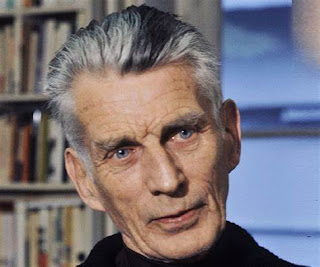Waiting for Godot
1) In both Acts, evening falls into night and moon rises. How would you like to interpret this ‘coming of night and moon’ when actually they are waiting for Godot?
In both acts, start and end as same sequences. Both start evenings and both acts end the moon rise. both acts moon rise is symbol of darkness and hopeless in the both the characters. Evenings falls into night and moon rise also symbolize death and hope. But end the both act coming of night and moon character are hopeless because moon rise and waiting for Godot but Godot is not come in all play. Play is end is darkness and hopeless have both the characters in seen the play.
2) The director feels the setting with some debris. Can you read any meaning in the contours of debris in the setting of the play?
The play is written by the Second world war. After the Second world war people life became a dejected and more effect of this war. In play debris use in the sense of after the war destroy the human life , his emotions and happiness all about effect human beings and nature also.
3) Do you agree: “The play (Waiting for Godot), we agreed, was a positive play, not negative, not pessimistic. As I saw it, with my blood and skin and eyes, the philosophy is: 'No matter what— atom bombs, hydrogen bombs, anything—life goes on. You can kill yourself, but you can't kill life." ? (Source: E.G. Marshal said so - he played Vladimir in original Broadway production 1950s)
I am not agreed with play because this his not clearly the play about positive because In play two characters Vladimir and Estragon wait for god ( Godot) all day but Godot not come , help and solve problems. End the play Godot twilight had not come. why are waiting for anyone and waste our time.
4) Do you think that the obedience of Lucky is extremely irritating and nauseatic? Even when the master Pozzo is blind, he obediently hands the whip in his hand. Do you think that such a capacity of slavishness is unbelievable?
5) Do you think that plays like this can better be ‘read’ than ‘viewed’ as it requires a lot of thinking on the part of readers, while viewing, the torrent of dialogues does not give ample time and space to ‘think’? Or is it that the audio-visuals help in better understanding of the play?
6) Which of the following sequence you liked the most:
(ii) Pozzo – Lucky episode in both acts
(iii) Conversation of Vladimir with the Boy - the messenger of Mr. Godot







